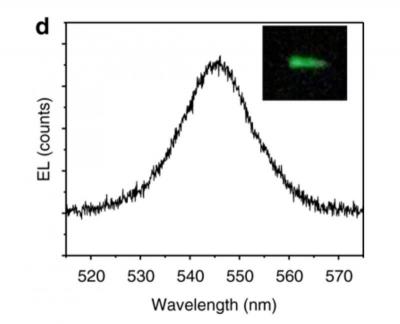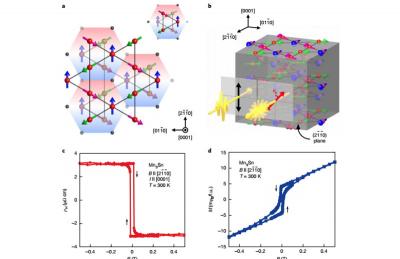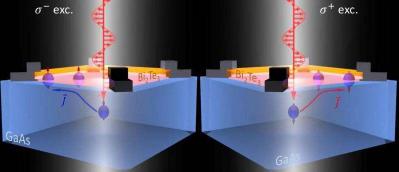Optically-assisted MRAM could be a thousand time more efficient then current MRAM devices
Researchers from the Moscow Institute of Physics and Technology, in collaboration with researchers from Germany and the Netherlands have developed a new memory technology they call optically-assisted MRAM which is based on changing the spin state via THz pulses.
The researchers say that the new technique is extremely efficient (the power required to switch a "bit" will be a thousand times smaller compared to current MRAM devices) and fast.


